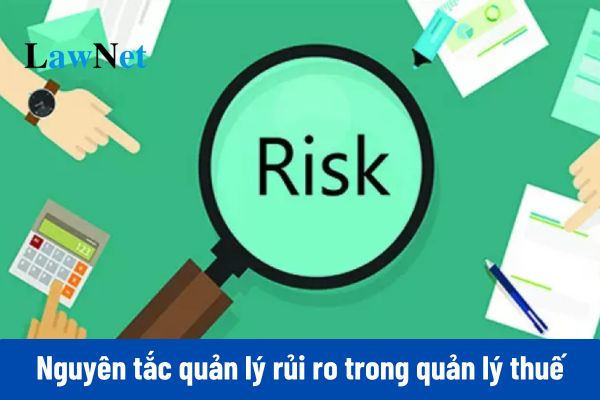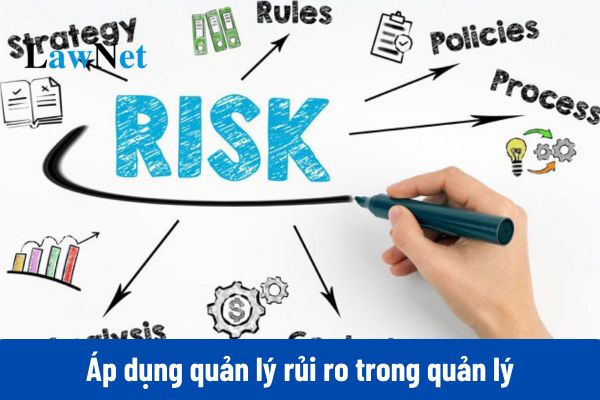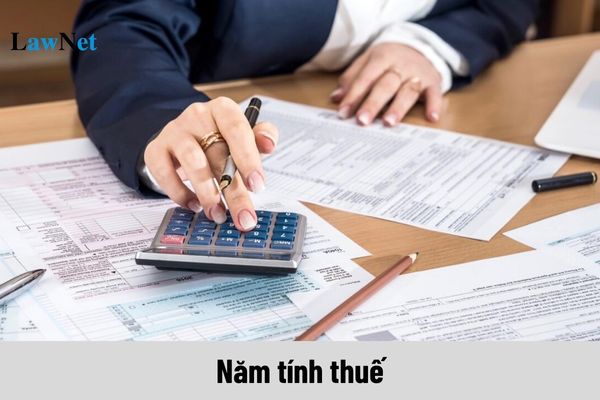How are the 8 risk management rules in tax administration in Vietnam?
What are the 8 risk management rules in tax administration in Vietnam?
Based on Article 4 of Circular 31/2021/TT-BTC, the regulation specifies 8 risk management rules in tax administration as follows:
(1) Applying risk management ensures the effectiveness and efficiency of tax administration; encourages and facilitates taxpayers to voluntarily comply with legal regulations on tax and tax administration while promptly preventing, detecting, and handling violations of laws on tax and tax administration.
(2) Risk management information is collected from internal and external sources of the tax authority (including information from abroad) in accordance with the law; it is centrally managed at the General Department of Taxation through an information technology application system and is processed, shared, and provided to tax authorities at all levels, and other state management agencies for tax administration purposes as stipulated by law.
(3) The assessment and classification of the level of compliance with tax laws and the taxpayer's risk level are conducted automatically, periodically, using one or a combination of methods prescribed in this Circular based on legal provisions, tax administration procedures, and operational measures, by segmenting taxpayers and criteria stipulated in this Circular and the taxpayer database.
(4) Based on the assessment results of legal compliance, the classification of taxpayer risk levels, information on tax management applications, signs of violations, and other risk indicators provided at the time of decision-making, the tax authority shall:
- Decide on inspections, audits, supervision, and apply appropriate operational measures.
- Develop a comprehensive plan to improve compliance according to the tax authority's resources, based on analysis of behavioral nature, causes, and scale of each level of legal compliance and risk level.
(5) In cases where the law, regulations in this Circular, and guidance on risk management are strictly followed, tax officials are exempt from personal liability as prescribed by law.
(6) If the risk management application encounters a problem or does not meet the risk management application requirements according to the provisions of this Circular, risk management is conducted manually through approval of proposed documents or issued documents by authorized persons applying tax administration measures as stipulated in the Tax Administration Law 2019 and guiding documents.
(7) If there is a change in information leading to changes in tax law compliance assessment results and taxpayer risk classification, and the risk management application does not automatically adjust compliance levels and risk levels, the changes in assessment results are manually updated by officials, after approval by authorized persons.
(8) The results of applying operational measures corresponding to risk rankings must be fully and accurately updated in tax management support applications or risk management applications for each specific case, serving to complete and evaluate tax law compliance and taxpayer risk classification in the next period.

How are the 8 risk management rules in tax administration? (Image from the Internet)
What are regulations on applying risk management in tax administration in Vietnam?
According to Article 13 of Circular 31/2021/TT-BTC, the regulation on applying risk management in tax administration is as follows:
(1) The tax authority bases its actions on the assessment results of tax law compliance in Article 10, the classification of taxpayer risk levels in Articles 11 and 12 of Circular 31/2021/TT-BTC, and business information at the time of decision-making to determine the list of taxpayers classified by risk levels for each period and carry out:
- Management of tax law compliance;
- Risk management in taxpayer registration;
- Risk management in reviewing tax records at the tax authority's office;
- Risk management in tax refunds;
- Risk management in audits and inspections at the taxpayer's office;
- Risk management in tax debt management and enforcement of tax administrative decisions;
- Risk management in invoice and documentation management;
- Risk management for taxpayers under key control and supervision;
- Risk management for individual taxpayers;
- Application of risk management in other operational activities in tax administration.
(2) The list of risky taxpayers in the cases mentioned in (1) is updated in the risk management application for tax administration.
Tax authorities at all levels are responsible for summarizing, updating, and managing risky taxpayer information to serve tax management tasks across the entire tax sector.
(3) The General Department of Taxation details the periodic evaluation, and establishment of the list of risky taxpayers in the cases mentioned in (1) to identify key points in tax management tasks responding to tax management requirements in each period.
(4) If there is suspicion or detection of tax law violations through inspection, auditing, complaints, information from state management agencies, investigative agencies, the head of the tax authority shall decide to change the form and level of audit, change other tax management measures according to authority, and be responsible for their decision.
How should information technology be applied in risk management in tax administration in Vietnam?
According to Article 9 of Circular 31/2021/TT-BTC, the regulation on the application of information technology in risk management is as follows:
(1) The risk management application and taxpayer database are centrally constructed and managed at the General Department of Taxation, ensuring that the information serves as the basis for risk assessment. This information is fully, accurately, and promptly updated by connecting and exchanging information with electronic tax data processing systems and related information data systems.
In case of system failure or transmission error, updating, integrating, processing, and storing information on the system is performed immediately when the error is resolved.
(2) Apply management measures to ensure data security, computer safety, and network security in accordance with the law.
(3) The General Department of Taxation specifies the responsibilities of units and tax officials at all levels in building, managing, operating, updating, exploiting, and using the risk management application appropriate to each tax operational activity.










- What are Answers to Round 3 of the Contest on Learn about the 95th Anniversary of the Founding of the Communist Party of Vietnam and the History of the CPV Committee of Quang Ninh Province?
- How to calculate benefits for those retiring early upon downsizing in Vietnam? Is the retirement allowance subject to PIT?
- What is the initial licensing fee declaration form in Vietnam in 2025? How to complete the 2025 licensing fee declaration?
- What is the schedule of fees for chemical affairs in Vietnam? What are regulations on the management and use of fees in chemical affairs in Vietnam?
- What are the slaughtering control fees in veterinary in Vietnam? Are livestock farms subject to environmental protection fees in Vietnam?
- What are instructions for completing the tax declaration for fixed tax payers changing tax calculation methods in Vietnam (Form 01/CNKD)?
- How to determine the 2025 Tet bonus fund for Vietnamese officials and public employees according to Decree 73? Are 2025 Tet bonuses for Vietnamese officials and public employees taxable?
- What is the 2025 Tet holiday schedule for Shopee couriers in Vietnam? Shall goods under 1 million VND sent via express delivery to Vietnam not be exempted from import duty?
- What is the fixed asset liquidation minutes form in Vietnam according to Circular 200/2014?
- How to calculate benefits for Vietnamese tax officials retiring early in 2025?

